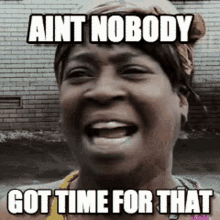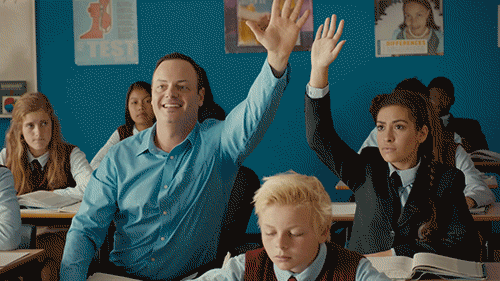- Joined
- Aug 20, 2009
- Messages
- 49,811
- Reaction score
- 34,125
I'm not going to try to explain my lay understanding of the entire public health strategies of entire countries.But then why stop/lessen now and let that case and death toll climb?
It’s not like we’ve had a breakthrough treatment. Hydroxyclotoquin is a bust and resmedir can shorten recovery time of those who would recovery anyways, but last study I saw showed no actual decrease in fatality

So, maybe an example will help. My province had zero deaths, and only 27 cases in a population of 150,000 and there were no community spread cases anyone is aware of. As more people get it and presumably--though of course there's a lot of uncertainty there--gaining immunity, as contact tracing is ramped up, as testing is more widespread, it will become increasingly easier to limit spread of it here as we gradually re-open and there's no reason to believe we'll experience anything like the typical number of sick and dead if we did nothing (even if hospitals never faced any resource issues) between now and when a vaccine becomes available.
And yes, I have more than that to support my argument. I had other sources to back my claim than my own say-so but they aren't at hand at the moment. Posted one in one of the coronavirus threads a while back. I'm tired of this fallacious argument. All these graphs have captions that say they assume the total numbers will be the same but with a flatter curve. That's fine if you're trying to make the point that flattening the curve will help ease the burden on medical resources. But you can't just assume that if your question is, "Will the total number of sick and dead be the same in both cases?" And the math doesn't back that up. As more people get sick, transmission is reduced, as contact tracing improves, transmission is reduced, as testing becomes more widespread, transmission is reduced. This all contributes to an overall reduction in sick and dead until a vaccine is found.




